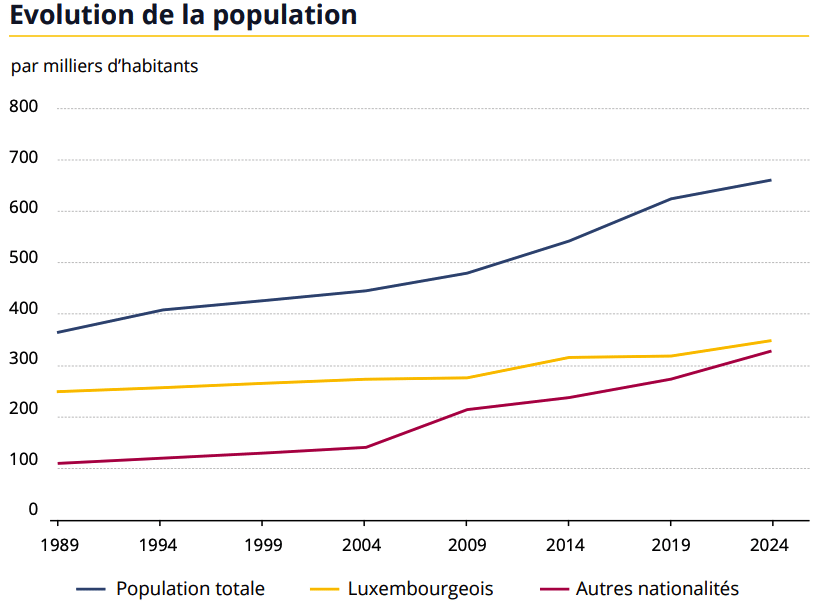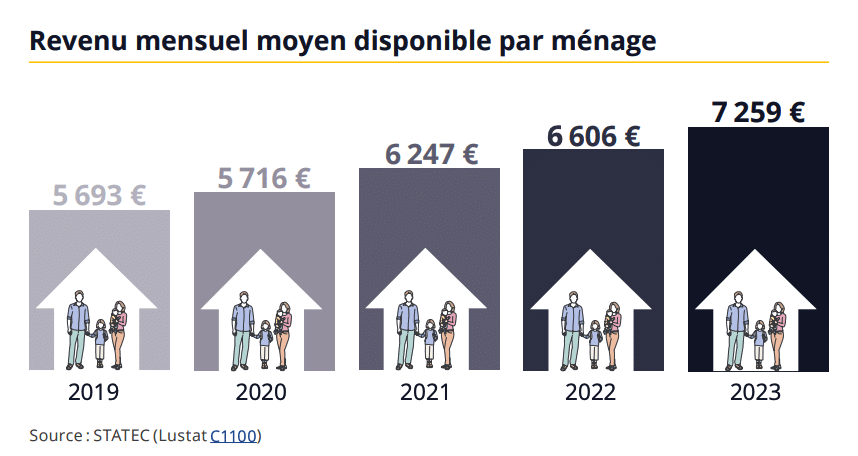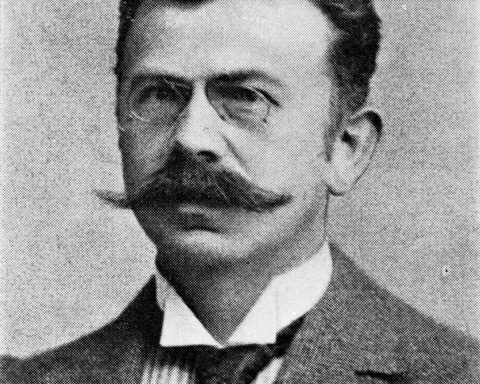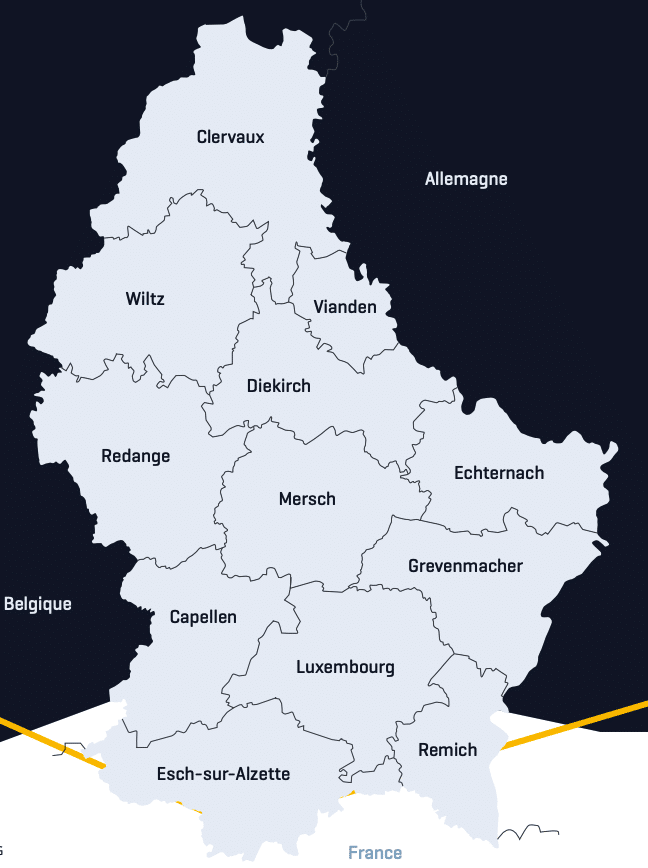Luxembourg balances rapid growth with mounting environmental and social challenges. Covering 2,586 km², it faces rising forest damage, high energy use, and inequality, despite strong employment and healthcare systems. This article explores key trends shaping the nation’s future.
Territory and Environment
Luxembourg covers 2,586 km², split between the northern Oesling region (32%) and the southern Gutland (68%). It shares borders with Belgium (148 km), Germany (135 km), and France (73 km). In 2023, 61% of the land was used for agriculture and viticulture, 23.4% was forested, and 10.4% was built-up areas. The country’s climate recorded an average annual temperature of 9.3°C in Luxembourg City, along with 1,606.8 hours of sunshine. Precipitation remained variable across the year. The ecological health of forests has deteriorated, with 67.3% of trees reported as severely damaged in 2023, up from 14.5% in 1990. Surface water quality remains poor, with 100% of chemical status reports in 2021 rated as non-compliant. In terms of energy, petroleum products accounted for 62.9% of final energy consumption in 2022, followed by electricity (14.4%) and natural gas (12.9%). The main energy-consuming sector was transportation, which used 60.3% of total energy. The carbon footprint per capita stood at 18.7 tonnes of CO₂-equivalent in 2020.
Population and Employment
As of January 2024, Luxembourg had a population of 672,100. Foreign residents made up 47.3%, with Portuguese (90,900), French (49,200), and Italian (25,100) nationals being the largest groups. Life expectancy reached 81.0 years for men and 85.0 for women. The country recorded 6,320 live births in 2023, with a fertility rate of 1.25 children per woman. People aged 15 to 64 comprised 69.2% of the population. Employment in Luxembourg reached 512,700 in 2023, of whom 482,600 were salaried workers. Cross-border workers accounted for 233,300, with the majority coming from France (119,900), Belgium (52,400), and Germany (54,500). Key sectors included healthcare and social work (56,900), professional and technical services (56,500), financial activities (54,800), and construction (51,900). Public administration employed 31,600. The unemployment rate stood at 5.2%.

“In 2023, the poverty risk rate reached 18.8%”
Social Conditions
In 2023, the median disposable household income was €6,073 per month, or €3,970 per adult equivalent. The poverty risk rate reached 18.8%. The gross minimum wage for an unskilled adult was €2,570.93 per month. Average annual earnings in industry and services were €77,845 for men and €71,022 for women. The average household disposable income rose to €7,259 monthly. Household spending in 2022 totaled €72,179, primarily on housing, transport, and food. The public health system covered 681,200 insured persons, with total health expenditure reaching €4.8 billion. In the same year, Luxembourg had 2,640 hospital beds, equal to four beds per 1,000 residents. Infant mortality stood at four deaths per 1,000 live births, and the average age at first childbirth was 31.2 years.



















